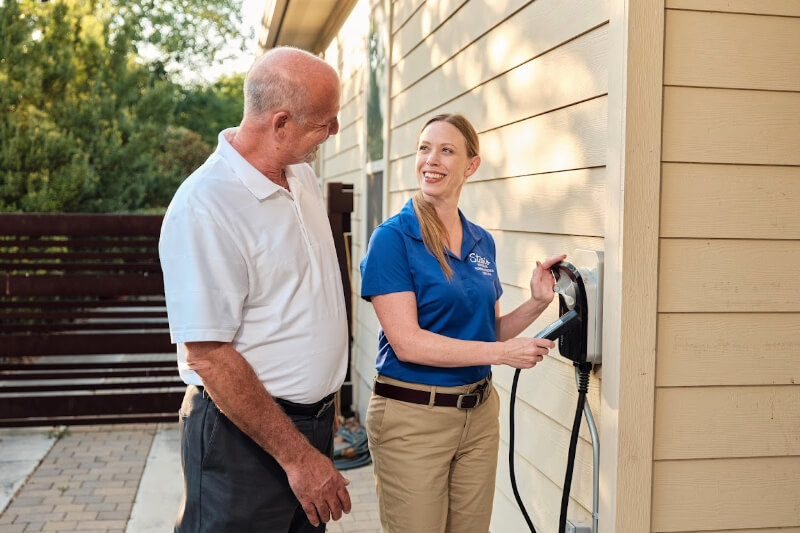
As the world gravitates more towards electric vehicles (EVs), understanding the nuances of accompanying EV chargers becomes imperative. This guide aims to aid EV owners in ensuring that their chargers operate efficiently and effectively.
Begin with a visual inspection every couple of months. It's vital to keep an eye out for potential damage to the cable, plug, or the charger unit itself. Displays, if present, should be clear, bright, and responsive. If your charger is stationed outdoors, confirm that its mounting points remain sturdy and secure.
Your charger should be cleaned regularly. The exterior of the charging unit, given its frequent exposure, can benefit from a gentle wipe-down using a soft cloth, occasionally dampened with water to remove more stubborn dirt. The connectors and plugs, being crucial for the transfer of power, should be kept pristine. Consider using a specialized electrical cleaning spray for these parts—it not only aids in dirt removal but can also prevent corrosion.
Cable management often goes overlooked, but it's crucial for the longevity of your charger. Over time, cables that are frequently kinked or tangled degrade faster. Therefore, ensure your cable remains straight and untangled. Investing in a dedicated cable holder or reel can be a wise decision to keep the cable organized and prevent wear and tear. And, if you're using a smart charger, don't forget about software updates. Keeping the software or firmware updated ensures maximum compatibility and performance.
Occasionally, you might find your charger doesn't power on. Before panicking, check the basics—has the circuit breaker tripped? Is the unit securely plugged in or appropriately hardwired?
Another issue could be slow charging. First, determine the charger's level. Level 1 chargers are inherently slower than Level 2 chargers. If your charging speed seems unusually slow for a Level 2 charger, inspect the connector for obstructions or debris and clean it if necessary.
In some cases, the charger may not recognize the vehicle. This can be due to various reasons. Ensure that your vehicle is in a mode to accept charging. You could also try restarting both the charger and the vehicle's charging system. Keeping both your vehicle and charger's software updated can also mitigate this issue.
Smart charger connectivity issues are not uncommon. First, check the stability and activity of your WiFi network. A simple reboot of the charger might sometimes do the trick. If problems persist, ensure you have the latest software updates.
Faults in the display or LED indicators can be disconcerting. A quick restart of the charger might resolve minor glitches. However, always keep the manufacturer's manual handy. Certain LED patterns can indicate specific issues or faults.
While some problems can be resolved with basic troubleshooting, others require expert hands. Call in professionals, like the team at Stan’s Heating, Air, Plumbing & Electrical if:
Owning an electric vehicle brings with it the responsibility of maintaining its charger. With regular upkeep and a sound understanding of basic troubleshooting, you can ensure an efficient and reliable charging experience for your EV. For repairs and Installation for EV Chargers in Austin, TX, trust Stan’s. Contact us today to schedule your appointment.